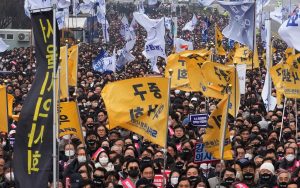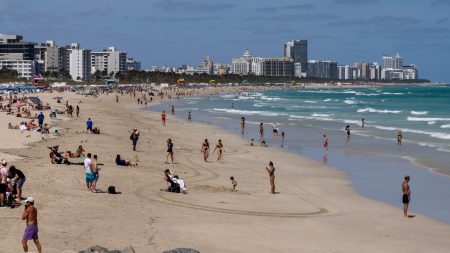Massachusetts has been deemed the most expensive state to raise a family of four in, with an annual income of $301,184 needed to live comfortably. This figure is based on a 50/30/20 budget breakdown, where 50% of earnings go towards necessities such as housing, 30% towards discretionary spending, and 20% towards savings or investments. The cost of living in Massachusetts is particularly high due to not just housing costs, but also expenses such as child care, food, and medical care. Other expensive states for families include Hawaii, Connecticut, New York, and California, all of which require annual incomes in the $270,000 to $300,000 range for a family of four to live comfortably.
In contrast, Mississippi is the least expensive state to raise a family, requiring only $177,798 per year in annual income. In more rural states like Mississippi, costs are generally lower compared to states with larger cities, but so are wages. The median annual wage in Mississippi is $37,500, significantly lower than the $56,840 median wage in New York, for example. However, the lower costs of living in rural states are sometimes offset by higher wages in urban states. This can potentially explain why urban states like Massachusetts, Hawaii, and California have higher costs of living compared to rural states like Mississippi.
Each state in the U.S. has its own required income for a family of four to live comfortably. Alabama, for example, requires an annual income of $193,606, while Alaska needs $242,611 and Arizona needs $230,630. Massachusetts tops the list with a required income of $301,184, while other expensive states include Connecticut, New York, and California. On the other end of the spectrum, Mississippi requires the lowest income at $177,798. Factors such as housing costs, child care expenses, and transportation costs all contribute to the overall cost of living in each state.
While some states may have lower costs of living, they may also have lower wages, as is the case with more rural states like Mississippi. The median annual wage in Mississippi is significantly lower than in states like New York, which can affect the overall affordability for families. Urban states like Massachusetts and California may have higher costs of living, but they also tend to have higher wages, which can help offset some of the increased expenses when compared to rural states.
Overall, the cost of raising a family of four in each state varies significantly, with Massachusetts being the most expensive and Mississippi being the least expensive. Factors such as housing costs, child care expenses, and wages all play a role in determining the income needed for families to live comfortably. Urban states generally have higher costs of living compared to rural states, but they may also have higher wages. Understanding the cost of living in each state is essential for families to plan and budget effectively for their financial well-being.















